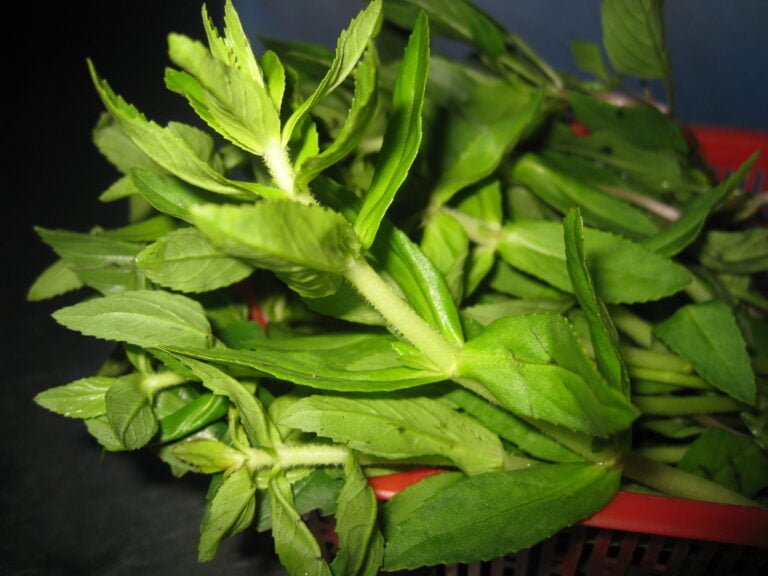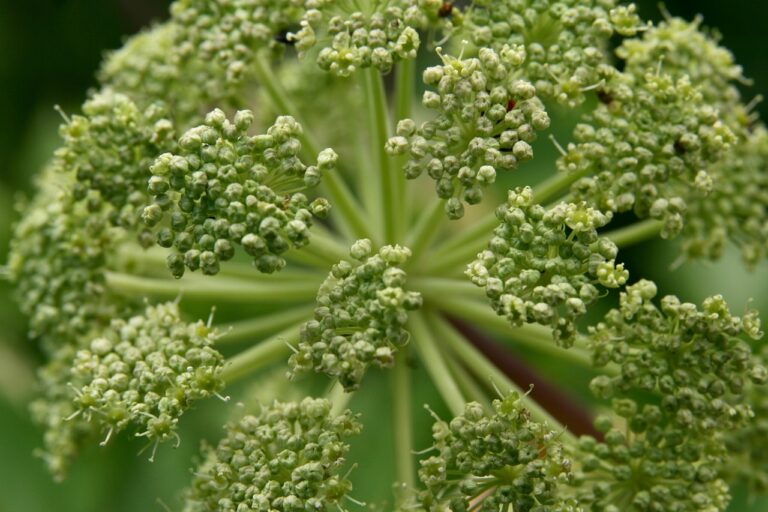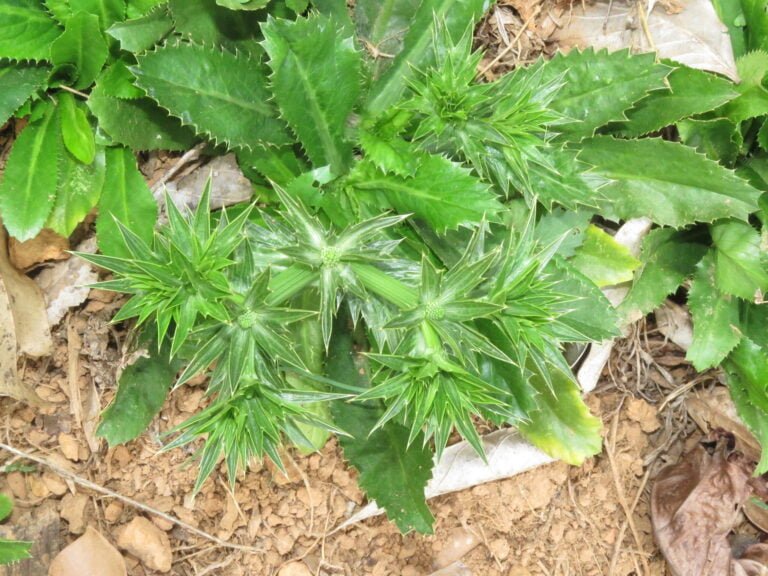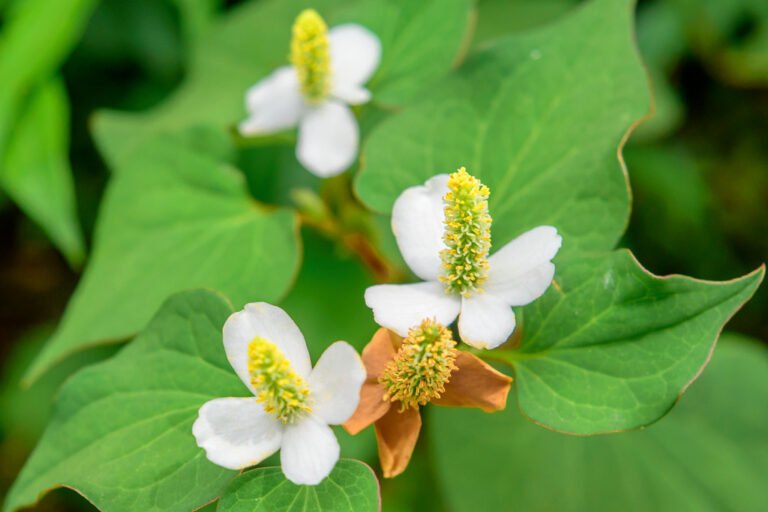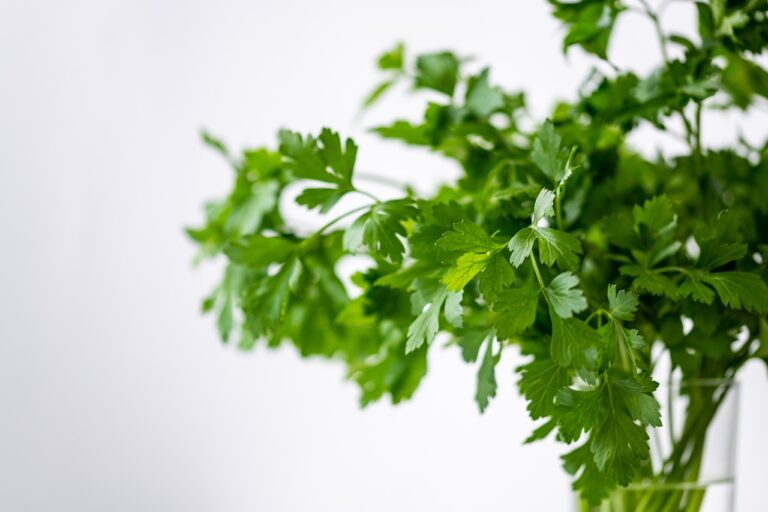Bolivian Coriander
Bolivian coriander, or Papaloquelite, is rich in vitamins and minerals, with antioxidants for overall well-being. It may reduce inflammation and aid in managing stomach issues. Studies hint at its potential to lower cholesterol and blood pressure. Grow in full sun with well-draining soil, water consistently. Used fresh or dried, it adds unique flavor to Mexican and South American cuisine. Substitute with Mexican Papalo or rue leaves. Harvest leaves or seeds carefully for preservation. Discover the surprising benefits and versatility of this herb.
Health Benefits of Bolivian Coriander
Bolivian Coriander, known scientifically as Papaloquelite, offers a wide range of health benefits due to its rich vitamin and mineral content, making it a valuable addition to culinary creations. This plant, commonly grown in South America, is not only used for seasoning food but also holds significant medicinal properties. The taste of Bolivian Coriander has been described as a mix of cilantro, arugula, and rue, giving dishes a unique and flavorful twist.
Apart from its culinary uses, Bolivian Coriander packs a punch in relation to health benefits. Its antioxidant content supports overall well-being and potentially possesses anti-inflammatory effects. Traditional medicine often utilizes Bolivian Coriander to alleviate swelling in infected injuries and aid in managing stomach disorders. Studies have also indicated that this herb may contribute to lowering cholesterol and blood pressure levels, thereby promoting heart health.
Furthermore, Bolivian Coriander is believed to assist in treating liver ailments and aiding digestion. Its diverse range of nutrients not only enriches the taste of dishes but also provides a natural way to boost health. Incorporating Bolivian Coriander into your meals can offer both culinary delight and potential health advantages.
Growing Bolivian Coriander at Home
Exploring the optimal conditions for cultivating Quilquina, a vibrant annual herb with slender blue-green leaves, can lead to a plentiful harvest of this versatile culinary herb in home gardens. Bolivian Coriander, commonly grown in Mexico and South America, is botanically related to cilantro but offers a distinct flavor profile reminiscent of arugula, citrus, and rue, making it a sought-after ingredient in various dishes.
To successfully grow Bolivian Coriander at home, provide it with full sun exposure and well-draining soil to mimic its native habitat. This herb thrives in warm climates and requires consistent watering to maintain its growth. Whether starting from seeds or transplants, make sure the plant has enough space to reach its potential height of up to 5 feet.
Consider incorporating Bolivian Coriander into your garden to enhance your culinary creations. Its leaves can be used fresh or dried in salsas, salads, and other dishes to impart a unique and invigorating taste. Rich in essential nutrients and antioxidants, this herb not only improves flavors but also offers potential health benefits, supporting digestion and possibly providing anti-inflammatory properties when consumed. By following proper growing practices, you can enjoy a fresh and abundant supply of Bolivian Coriander right from your own backyard.
Culinary Uses of Bolivian Coriander
With a flavor profile reminiscent of arugula, cilantro, and rue, Bolivian Coriander, also known as Quilquina, is a versatile herb that adds a unique and invigorating taste to a variety of dishes. Commonly grown in warm, sunny locations with well-drained soil, this herb thrives up to 5 feet in height and 3 feet in diameter. Bolivian Coriander is a staple in Mexican and South American cuisine, known by many names across different regions.
The leaves of Bolivian Coriander can be used in numerous culinary applications. They are often finely chopped and sprinkled over salsas, salads, and soups to enrich the overall flavor profile of the dish. The herb’s flavor falls somewhere between arugula, cilantro, and rue, making it a unique addition that heightens the taste experience.
Bolivian Coriander not only adds a distinct flavor but also provides nutritional benefits. Rich in vitamins, minerals, and antioxidants, it supports digestion and may have anti-inflammatory properties. Incorporating Bolivian Coriander into your cooking not only introduces a new taste dimension but also adds a healthy component to your meals.
Substitutes for Bolivian Coriander
Which herb can provide a similar taste profile with floral notes as a substitute for Bolivian Coriander in recipes? Mexican Papalo, scientifically known as Porophyllum ruderale, is a suitable alternative that captures the unique essence of Bolivian Coriander. Mexican Papalo, also referred to as quillquiña or yerba porosa, offers a flavor profile reminiscent of summer cilantro with its floral undertones, making it a great substitute in dishes where Bolivian Coriander is traditionally used.
Aside from Mexican Papalo, rue leaves can also be utilized as a replacement for Bolivian Coriander, introducing a citrusy and arugula-like taste to culinary creations. Cilantro, a widely available herb, can serve as a common alternative for Bolivian Coriander, although it may not perfectly replicate the distinct flavor profile of the latter. Another option is culantro, commonly known as Mexican coriander, which shares similarities with Bolivian Coriander by offering hints of cilantro and citrus in its taste.
For those seeking a substitute with a unique twist, epazote is a herb frequently used in Mexican cuisine that can stand in for Bolivian Coriander, providing a distinct flavor profile that enriches the overall dish. Each of these alternatives brings its own character to recipes, offering a diverse range of options for those looking to replace Bolivian Coriander in their cooking endeavors.
Tips for Preserving Bolivian Coriander
To safeguard Bolivian Coriander, harvesting the leaves individually or in sprigs when the plant reaches a height of at least 6-12 inches is essential. This plant, commonly grown in Mexico, is known for its unique flavor profile that adds a distinctive taste to various dishes. When the Bolivian Coriander is fully grown, it’s important to pay attention to the flowering and seeding stages for effective preservation.
When the flowers of the Bolivian Coriander have bloomed and dried out completely, resembling the fluffy appearance of dandelions, it is time to harvest the seeds. To check for seed maturity, gently pull apart the fluff to reveal the seed pod. Harvest the seeds when the pod has fully opened, indicating readiness. The seeds should easily come out, signaling their maturity. Further drying of the seeds is necessary in a well-ventilated area away from direct sunlight.
For long-term preservation, store the dried Bolivian Coriander seeds in a cool, dry place. This will maintain their quality for future planting or culinary use. Bolivian Coriander, also spelled quirquiña or quilquiña, quillquiña (also spelled quirquiña, is a versatile herb that, when preserved correctly, can continue to enrich dishes with its aromatic and flavorful properties.

